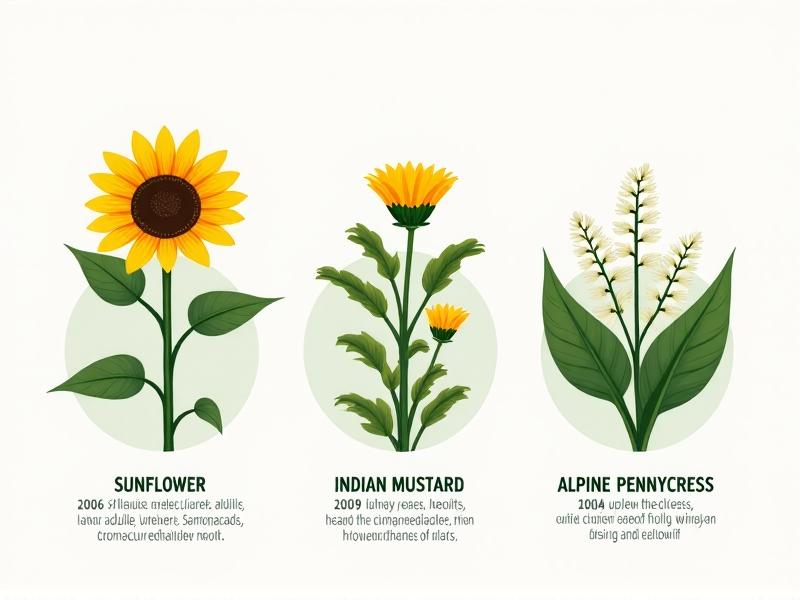Phytoremediation Landscaping Techniques
Introduction to Phytoremediation Landscaping
Phytoremediation landscaping merges ecological restoration with aesthetic design, using plants to detoxify soil, water, and air. Unlike traditional remediation methods that involve excavating or chemically treating pollutants, this approach harnesses natural biological processes. Ideal for urban parks, industrial sites, and residential areas, phytoremediation transforms contaminated spaces into vibrant, functional ecosystems. Its cost-effectiveness and minimal environmental disruption make it a cornerstone of sustainable land management.

The Science Behind Phytoremediation
Plants remediate contaminants through processes like phytoextraction (absorbing metals into roots and shoots), rhizofiltration (filtering water via root systems), and phytodegradation (breaking down organic pollutants). Mycorrhizal fungi often enhance these processes by forming symbiotic relationships with roots, increasing nutrient uptake. Certain species, like willows and poplars, excel at metabolizing toxins, while hyperaccumulators such as sunflowers store heavy metals in their tissues. Understanding soil composition and pollutant types is critical for selecting effective plant-soil interactions.

Selecting Plants for Contaminant Removal
Choosing species depends on the contaminant profile: sunflowers for lead, Indian mustard for selenium, and water hyacinths for aquatic heavy metals. Hyperaccumulators thrive in specific pH and moisture conditions, requiring site-specific analysis. Combining deep-rooted trees like willows with shallow-rooted grasses creates layered remediation. Native species are prioritized for adaptability, ensuring resilience against local pests and climate fluctuations while supporting biodiversity.

Design Strategies for Functional Beauty
Effective designs balance remediation goals with visual appeal. Contour planting on slopes prevents erosion, while rain gardens with rushes and sedges manage stormwater runoff. Layering plants by height and root depth maximizes space and pollutant capture. Aesthetic elements like flowering species or ornamental grasses integrate seamlessly into urban parks, demonstrating that eco-conscious landscapes need not sacrifice beauty.

Case Studies: Success Stories Worldwide
In New York’s Liberty State Park, willows and poplars restored soil contaminated by industrial waste. Kazakhstan’s Chernobyl-inspired sunflower fields reduced radioactive strontium levels by 40% in two growing seasons. Seattle’s Duwamish River project combined oyster shells (for pH balance) with native sedges to filter heavy metals, creating a wildlife habitat alongside cleanup efforts.
Navigating Challenges and Limitations
Phytoremediation’s slow timeline (often 3–10 years) and limited depth (root zones rarely exceed 6 feet) pose challenges. High contaminant concentrations may require pre-treatment with biochar or compost. Seasonal dieback can release stored toxins, necessitating careful harvesting. Site monitoring via soil tests and plant tissue analysis ensures ongoing efficacy and adjustments.
Innovations Shaping the Future
Genetic modification is expanding plant capabilities: researchers developed transgenic poplars that degrade trichloroethylene 100x faster. Drones equipped with multispectral sensors now map contamination hotspots, optimizing planting schemes. Nano-fertilizers enhance nutrient delivery, accelerating growth in degraded soils. Policy shifts, like EU grants for phytoremediation in urban planning, signal growing institutional support.
Community Engagement and Education
Urban phytoremediation projects often double as educational hubs. Milwaukee’s “Green Grid” program trains residents to maintain rain gardens, fostering stewardship. Schools in contaminated areas use gardens as living labs, teaching biology and environmental science. Public art installations with remediation plants, like sculpted willow arches, engage communities while demystifying science.
Sustaining Phytoremediation Landscapes
Regular maintenance includes pruning biomass to prevent toxin re-release and replacing short-lived species. Soil amendments like compost tea boost microbial activity. Sensor networks track moisture and contaminant levels, alerting managers to irrigation needs or unexpected pollutant surges. Winter covers (e.g., mulch or cover crops) protect soil during dormancy.
Synergy with Traditional Remediation
Hybrid approaches maximize efficiency: solar panels power soil aeration systems in phytoremediation zones, while excavated soil from deeper layers is treated ex situ and reused. In Beijing’s Olympic Park, phytoremediation paired with permeable pavements reduced arsenic levels by 60% within four years, proving that integration accelerates restoration.








